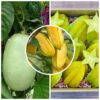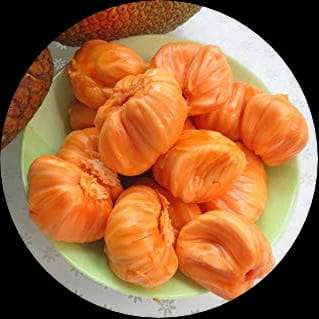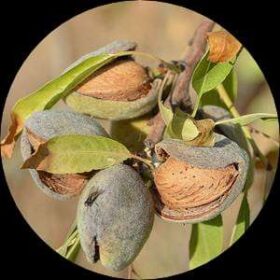- Empty cart.
- Continue Shopping
Chempadakka (Jack)
Original price was: ₹950.00.₹781.00Current price is: ₹781.00.
Genus : Tubi
“Introducing the Chempadak Plant, a captivating fruit tree that will enhance your garden with its lush foliage and bountiful harvest. Enjoy the delectable fruits, known for their enticing aroma and delightful combination of sweetness and tanginess. Bring a touch of the tropics to your landscape with this exceptional plant.”
Chempadakka jack, also known as Artocarpus integer or cempedak, is a tropical fruit tree that is native to Southeast Asia. It is a member of the Moraceae family, which also includes other popular fruit trees such as figs and mulberries. The chempadakka jack tree produces large, oblong fruits that are covered in a spiky, greenish-brown rind and contain a sweet, yellowish flesh.
The chempadakka jack tree can grow up to 20 meters in height, and has a dense, spreading canopy of leaves that can provide shade in tropical landscapes. The leaves are large and glossy, with a deep green color and a distinctive oval shape. The flowers of the tree are small and greenish in color, and are not particularly showy.
The fruit of the chempadakka jack tree is highly prized for its sweet, aromatic flesh, which has a texture that is similar to that of a ripe banana. The fruit can be eaten raw or cooked, and is often used in traditional Southeast Asian dishes such as curries, stews, and desserts. The seeds of the fruit are also edible, and can be roasted or boiled and eaten as a snack.
The chempadakka jack tree is relatively easy to cultivate, and can be grown in warm, tropical climates with well-draining soil and plenty of sunlight. The tree is highly productive, and can produce large quantities of fruit over a long period of time. It is generally considered to be a low-maintenance tree, and does not require frequent pruning or fertilization.
In addition to its culinary uses, the chempadakka jack tree has also been used in traditional medicine for its various health benefits. The fruit and other parts of the tree contain a range of phytochemicals, including antioxidants and anti-inflammatory compounds, that have been shown to have potential health benefits. However, more research is needed to fully understand the medicinal properties of the chempadakka jack tree.













Reviews
There are no reviews yet.